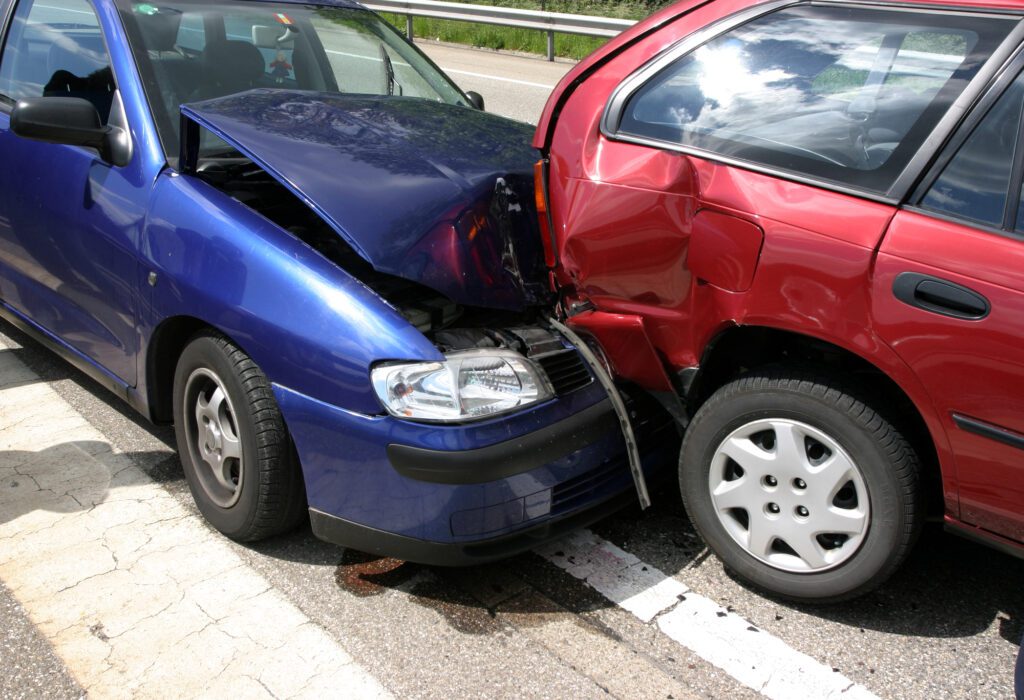The most common cause of all motor vehicle accidents is rear-end collisions or “fender benders.” The majority of rear-end collisions are caused by tailgating drivers. Tailgating, often cited as “following improperly” on an accident report, results in a failure to stop in time and is the number one cause of rear-end car accidents. According to the Tennessee Department of Safety and Homeland Security there were 789 rear-end collisions in 2018 in Sevier County alone.
Contrary to popular belief, the rear-ending vehicle is not automatically determined to be at-fault. So how is fault determined in a rear-end motor vehicle accident?
Common scenarios where the rear-ending vehicle is determined to be at fault:
- The driver is distracted and does not brake in time to avoid collision. This includes cell phone use, eating and drinking in a car, passenger distraction, etc.
- The driver is speeding and unable to stop in time.
- The driver does not maintain a safe following distance behind the car in front.
- The driver fails to yield to the right of way.
The simplest way to make an initial determination of who is liable in a rear-end collision is to read the accident report—if a motorist is cited on the accident report for a violation of traffic laws such as “following improperly,” “Failure to yield,” “distracted driving” or “speeding,” he or she is likely to be determined liable for the car wreck.
However, liability in rear-end accidents is not always cut and dry. Often, contributory actions, multiple parties involved, shared responsibility and conflicting testimony can make determining who is at fault difficult, even in a rear-end collision.
Common scenarios where the driver of a vehicle in front may be held liable in a rear-end collision:
- The car’s brake lights are not working.
- The driver swerves in front of another car.
- The driver reverses into the following car. (This often occurs in parking lot accidents.)
Who is at-fault in a multiple car accident which originated from a rear-end impact?
If one car rear-ends another vehicle and then the impact pushes that vehicle into the car in front of it—basically, causing a domino effect—things can get slightly more complicated. These type of rear-end accidents often happen at stop lights or in heavy traffic. The driver at fault for the originating crash is usually liable for the damage to all vehicles involved. (Side note: these type of multiple vehicle accidents really highlight the importance of having adequate Uninsured/Underinsured Coverage on your own auto insurance policy.) When there are multiple parties involved, the at-fault driver’s policy limits are often exhausted before all parties are fairly compensated for their injuries.

